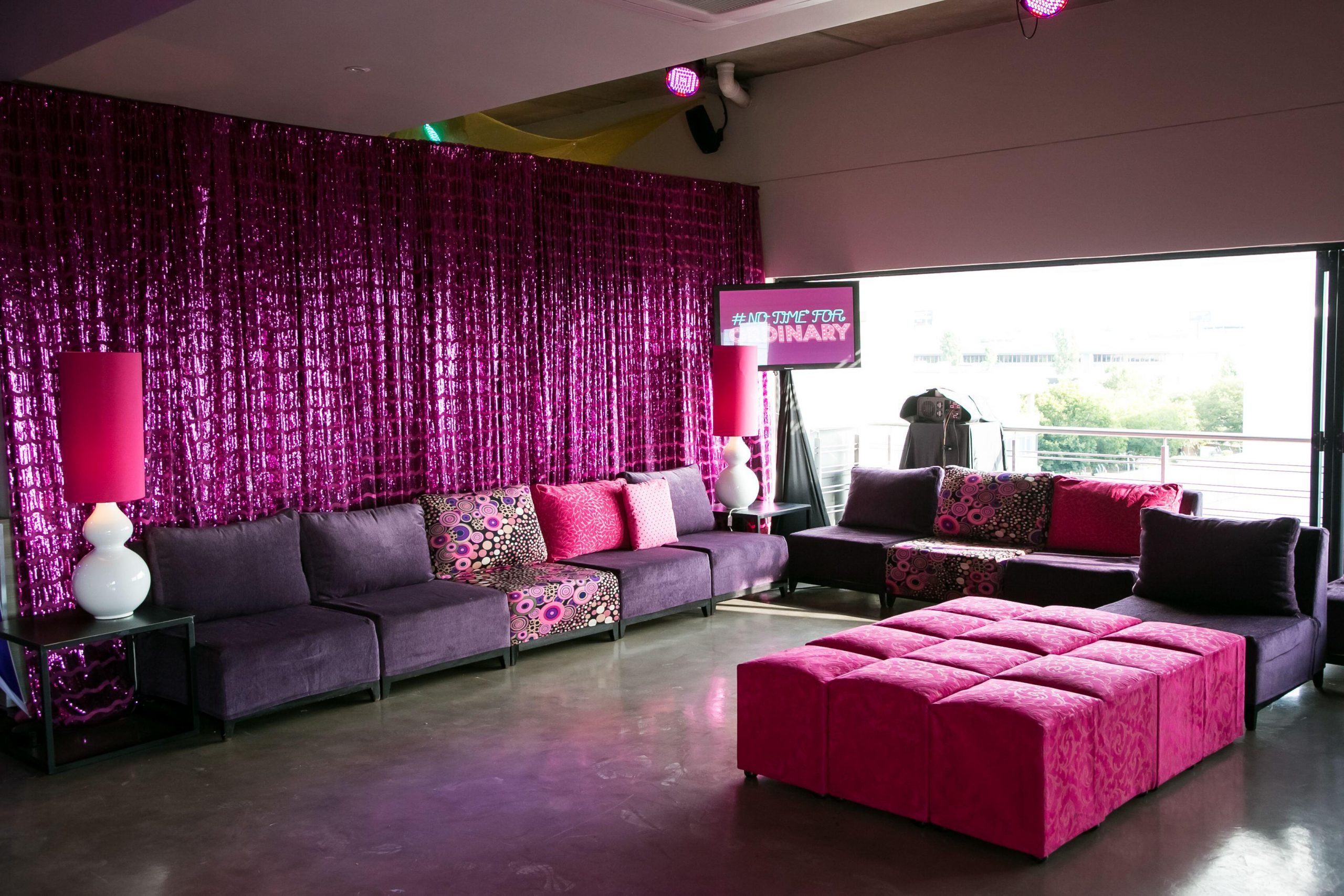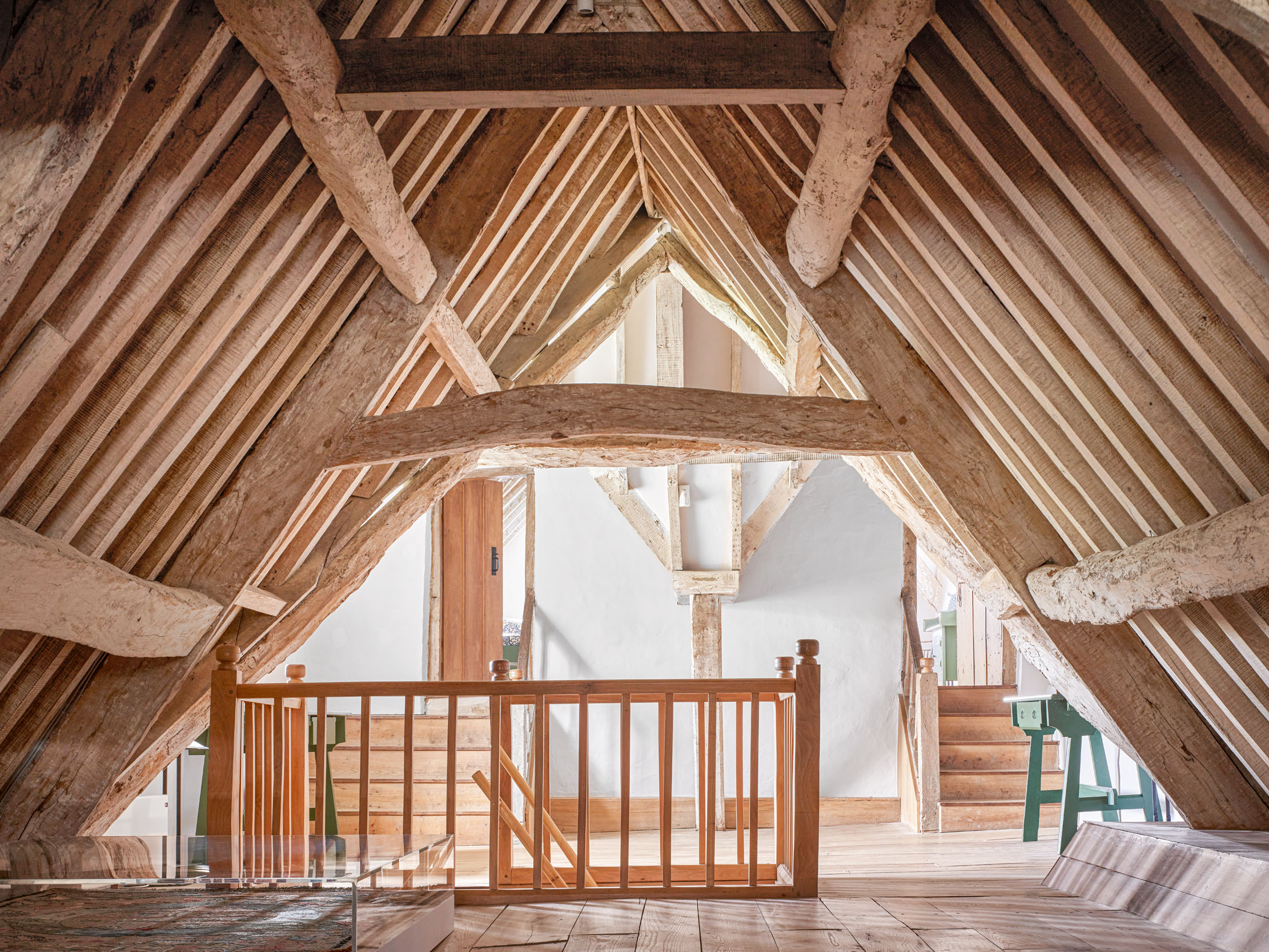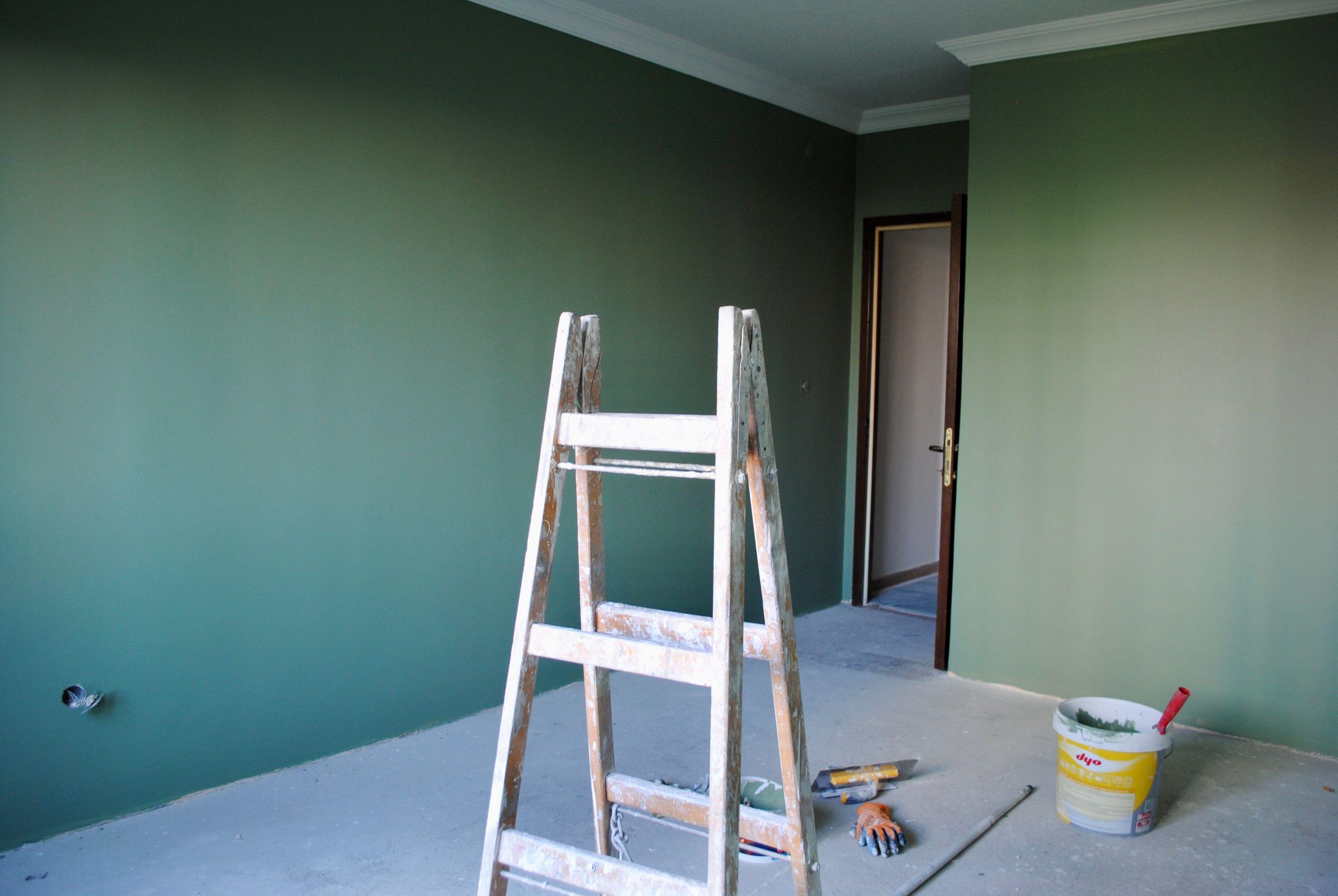10 things I wish I'd known about doing up old houses before I started, by Country Life's interiors guru Giles Kime
Country Life’s executive editor and resident interiors expert Giles Kime shares the lessons he’s learnt from the experience of dragging a succession of houses into the 21st-century.


In 2021 we bought our fourth house in little over two decades. Each of them has presented its own set of challenges. The first was a tired south London terrace, the second a similarly weary townhouse, the third an Arts-and-Crafts house on a river untouched in 50 years and, now, we’re knee deep in the business of dragging a 17th-century cottage, with later additions, into the 21st century.
All four have provided a learning curve, the steep trajectory of which has been suppressed by a combination of experience and growing faith in our own convictions.
It was probably easier a generation ago when there was much less choice: terracotta or cork? Sanderson or G. P. & J. Baker? Dulux or Crown? Stripped pine or paint?
Nor was there the internet or social media, only a handful of magazines and the brilliant Terence Conran’s The House Book to hold our hand.
We’ve found that experience teaches you what lasts, what falls to pieces, and why. Because creating a busy home full of people and pets is rather different to creating a pretty picture for Instagram.
1. Ignore your friends
Isn’t it amazing how friends reveal hidden depths of expertise when you show them around a project? Magically, they all transmogrify into Kevin McCloud, Kirsty Allsopp and Laurence Llewelyn-Bowen all rolled into one, dispensing advice about every aspect of a project you’re embarking on.
Most of these pearls of wisdom are couched in rhetorical questions. Should the staircase be there? Have you thought about removing that wall? Have you seen this new paint colour on Instagram? Have you thought of knocking the house down and doing a new-build? Of course, it’s all offered with the best of intentions. Well, most of it anyway. Ignore it all: trust your architect, your builder and your instincts.
Exquisite houses, the beauty of Nature, and how to get the most from your life, straight to your inbox.

2. Remember that you don’t live in a museum
The best interiors are those that serve the needs of the occupant (a quality known in the trade as people-centric) rather than offering a showcase for your own extensive collections, unless they happen to be both comfortable, aesthetically pleasing and you don’t trip over them when you are trying to find the remote.
The master of the art of using antiques and textiles in a disciplined way was my namesake Robert Kime, who died recently. Another was David Hicks, who succeeded in using antiques in a way that made them feel refreshingly modern. The benefits of restraint in interior design are not only practical, but also aesthetic.

3. Invest in fitted joinery
In the pecking order of priorities, good joinery comes right after effective sanitation and just before central heating. In most cases, it might also be more expensive, but the transformative impact on an interior provides an opportunity to make a house your own (and hide your clobber out of sight). The only possible exception is if you have bought a significant pile with huge rooms that will accommodate the sort of vast wardrobes that often go for a song at auction houses (but then there will be plenty of other calls on your cash).
For the rest of us, cramming the impedimenta of our lives into period houses built for people whose worldly goods didn’t run to more than a milking stool, butter churn and a smock or two requires a feat of logistics and aesthetics.

As well as focusing on the obvious places such as utility rooms, seek out storage opportunities in every last nook and cranny that yield spaces for everything from books to walking boots.
However, at the same time as chucking money at the problem, also chuck stuff away or secret it in a garage or lock up; less stuff requires less storage.
4. Don’t kill the spirit of a house
It’s easy (and fun) to rip out walls, shove in floor-to-ceiling windows, add extensions and hotel-style bathrooms, but the hard bit is to do so at the same time as preserving the intrinsic character of a house. It’s a balancing act; of course you want creature comforts, plus light and space, but ask yourself if that has to involve throwing the baby out with the bathwater.
Thoughtful, experienced architects will suggest subtle interventions that make the most of internal space and find opportunities to bring light into an interior without extinguishing the period charm of a house. There’s much that can be done with antiques and materials to add texture, but sometimes it simply won’t be enough to save an interior that has been stripped bare or poorly extended.

5. Paint small rooms in dark colours
There was a period in the 1990s when ‘light’ and ‘airy’ were the two most oft-repeated buzzwords in the design world. It precipitated a ubiquitous new look that involved painting everything white; walls, floors and furniture and even the family dog if it stood still for long enough. It’s a great vibe on a Greek island, but can be pretty bleak on a chilly afternoon in the northern hemisphere.
Nowhere is it bleaker than small, white north-facing rooms that look so much better in a rich cosseting hue that creates a womb-like feeling of loveliness on a cold winter evening. Also note: there’s a popular misconception that pale colours make rooms look bigger, but this has yet to be scientifically proven.

6. Decorate in haste, repent at leisure
We’ve all been there, haven’t we? Credit card in one hand, a second brimming glass of wine in the other, we settle down to a quiet evening with our laptop to do some sourcing (also known as googling furniture and materials). It’s a voyage of discovery, the deeper you get into your search for a new sofa/eiderdown/bathroom tiles, the more your head swims with images encountered on Pinterest and Instagram. Then you take the wrong turning down an aesthetic rabbit hole that leads to an option you would never consider in the real world.
Down there, with your Chablis goggles on, that ‘ironic’ sofa covered in a patchwork of jolly fabrics or ‘faux zebra’ seems like such a ‘fun’ choice… until it arrives a few weeks later. In the cold light of day, it’s not quite so ‘fun’ and you spend the evening not on Pinterest, but googling ‘what can I do with a brand-new sofa I can’t stand?’, like Dr Crippen planning what to do with the body of a victim. Do your research in the morning with a cuppa in your hand — and your wits about you.

7. Love your builder
Your builder — or, at least, a good one — should be your guiding light. Firms such as those listed in the Country Life Top 100 have spent years at the cliff face, learning what works and what doesn’t and history tends to relate that they are usually right. Of course, it’s tempting to question possible motives behind any advice they might proffer (money and their convenience being the chief causes of concern), but, if they’re professional, have worked with you before — and want to do so again — they’ll share your desire for the best possible outcome.
8. Seriously question the need for overhead lighting
Few things invade your retinas or drain your skin quite as effectively as massed ranks of low-voltage spots. It’s hard to know exactly why some electricians over-spec them; fear of under spec-ing them? Lack of knowledge? A revenue opportunity? The fact is that you will probably need far fewer than the number an over-zealous spark will suggest.
The chances are you might not need any at all; in most cases, your money will be better invested in plenty of low-level light in the form of table lamps and floor lamps that are significantly easier on the eye and create a pleasing atmosphere. A few strategically placed spots can undoubtedly serve a purpose, but, a year into our fourth project, we haven’t specified one.

9. Avoid anything even remotely fashionable
Trust me — and I speak from bitter experience — you’ll regret it. The idea of interiors being fashionable was a conspiracy dreamt up in the 1990s by retailers and breathless PRs, aided and abetted by journalists who should have known better (myself included). The aim was shifting more merchandise/finding more things to write about and, ultimately, it did nothing but contribute to landfill.
Peddling trends is an iniquitous business and most fads have a habit of dying a death before you’ve paid for your latest folly on a credit card.

10. Relax
Finally, remind yourself that projects should be fun. If you spend too long with your head immersed in Pinterest, your head will be full of other people’s ideas and none of your own. Although imagery can be helpful in formulating ideas, remember that you’re creating a home for yourself, your loved ones and your pets, not a pale imitation of a scary stylist’s overthought home, usually in a converted warehouse or beach-front villa in some part of the world where the light and lifestyle are far removed from yours.
The two are very different; your own home is very real, whereas those on Pinterest are a heavily edited fantasy. And remember: there are few things more boring than perfection.
The interior trends of 2022: 'Maximalism is here to stay — minimalists would be advised to emigrate'
Giles Kime offers his top interior trends for the year.

The special magic of rattan, the furniture which almost forces you to recline languorously and have fun
A new book extols the virtues of rattan — and Giles Kime is absolutely sold.

Blending antiques, colours and design to create a beautiful room
Giles Kime takes a look at the work of Max Rollitt, focusing on this beautiful room in an 18th century
